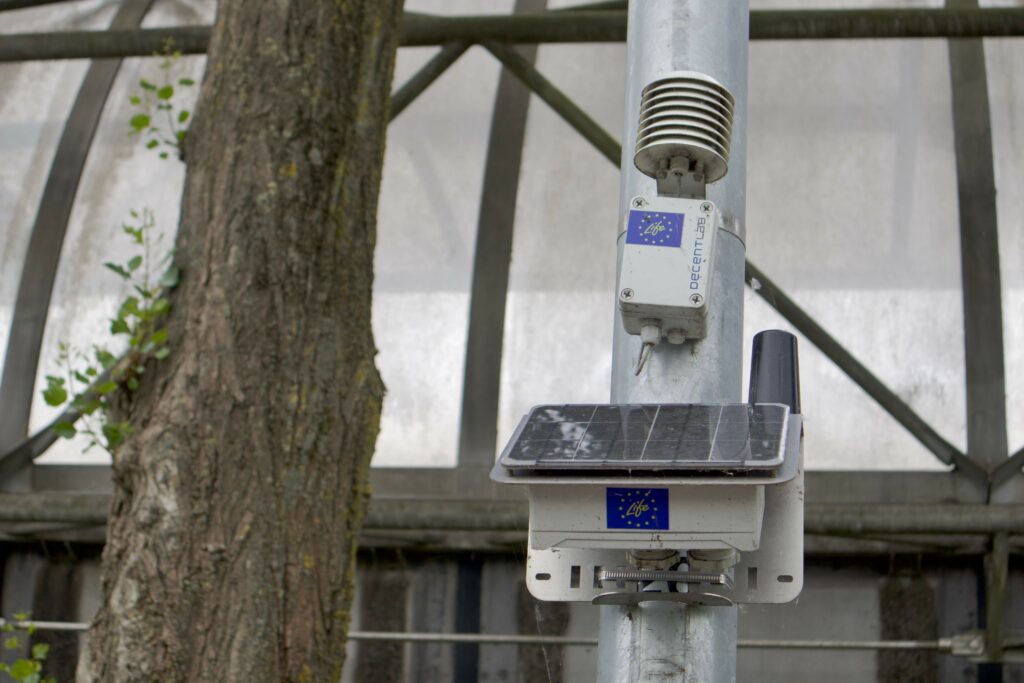Working with low-cost sensors: challenges & opportunities
By Burcu Çelikkol, R&D Engineer at imec-OnePlanet Research Center
Low-cost sensors (LCS) used in air quality monitoring are more compact and affordable than ever, making them suitable for measuring pollutants with a high spatial density. This so-called fine-grid monitoring helps to fill the gaps in accurate air quality data gathered from official, yet sparsely distributed, high-end monitoring stations, making it possible to monitor the effects of pollution reduction measures at a local scale.
The use of simple measurement principles and fewer components makes low-cost sensing possible. However, it also makes the sensors less reliable and vulnerable to interferences, and therefore the sensor signal is often more challenging to interpret. For this reason, policy makers are often skeptical about applying the findings of LCS measurement campaigns to drive and monitor policy changes in urban environments. Similar attitudes exist against citizen science campaigns where LCS are almost exclusively used.

In LIFE Critical, we tackle this challenge by making data quality a priority. Ensuring sufficient data quality starts with selecting a set of sensors that is suitable to answer the research question at hand. In Dordrecht, the project focuses on the renovation of Wielwijk park and surrounding neighborhood to include more blue-green spaces. The research question is: Does this intervention improve climate resilience of the neighborhood, reduce the urban heat island effect, and reduce traffic-related pollution in the area? Since access to power cannot be guaranteed during the renovation works that span from several months to years, one requirement to address this question is to use self-powered sensors that have reliable response over a long period of time.
In this particular use case, we selected a set of commercial high-precision internet of things (IoT) sensors to measure microclimate, allowing detection of subtle differences in temperature and humidity pre- and post-renovation. Finding a suitable sensor to measure traffic-related pollutant NO2 was less straightforward. Technologies used in low-cost gas sensing (such as electrochemical cells) are sensitive to environmental conditions and as a result, are prone to signal drift and loss of sensitivity over time. Many of them also need continuous power supply. Technical partner imec – OnePlanet Research Center took on this challenge to develop a solar-powered NO2 sensor unit prototype; allowing full control over how the sensor signal is acquired and interpreted. They calibrated both types of sensors using high-end equipment prior to deployment and continuously use advanced calibration algorithms. Additionally, a small set of sensors are continuously deployed at the reference station that provides ground truth data in the proximity of Dordrecht to monitor sensor and calibration performance over time. Pilot projects such as LIFE Critical demonstrate that though LCS has drawbacks, with the right approach they can add significant value to a measurement campaign and help collect actionable insights.
Get in touch to learn more from imec’s key takeaways on working with low-cost sensors!
